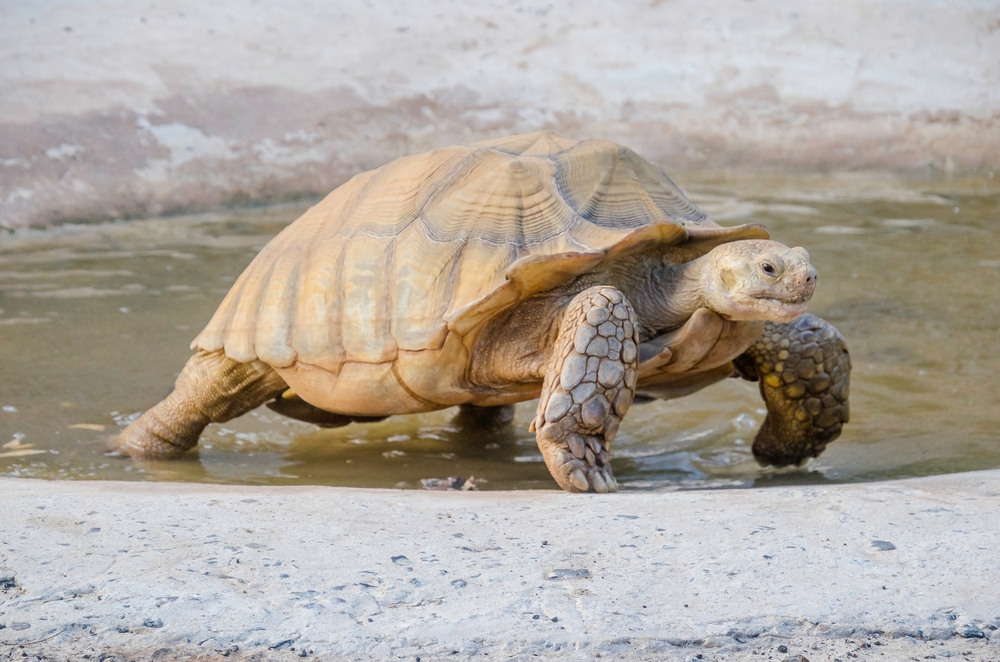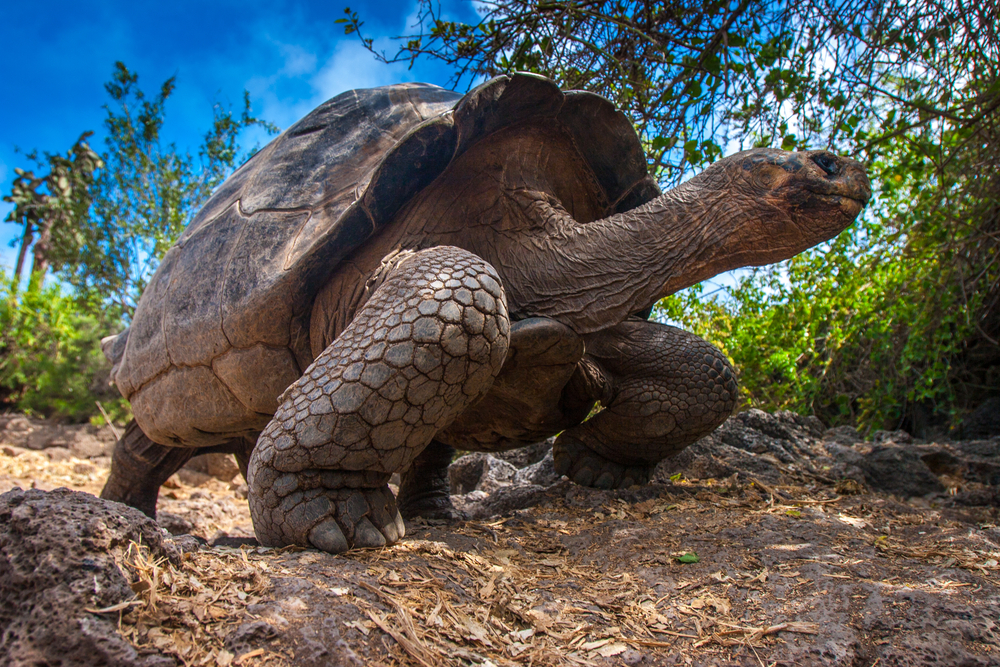The African Spurred Tortoise (Centrochelys sulcata) belongs to the family Testudinidae, which includes all land-dwelling tortoises. Its closest relatives are other large-bodied, arid-adapted tortoises, including:
-
Leopard Tortoise (Stigmochelys pardalis):
-
Also native to Africa but smaller (up to 18 in / 45 cm) and lighter
-
Prefers grasslands and semi-arid savannas rather than true desert
-
More mobile and less reliant on burrows
-
-
Indian Star Tortoise (Geochelone elegans):
-
Shares a similar body plan and herbivorous diet
-
Smaller and found in dry regions of the Indian subcontinent
-
Not adapted to deep burrowing like the Sulcata
-
-
Aldabra Giant Tortoise (Aldabrachelys gigantea):
-
Another close relative in the Testudinidae family
-
Larger in size and island-dwelling, lacks the spurred legs and burrowing behavior
-
Evolutionarily similar but adapted to humid island climates
-
The African Spurred Tortoise is unique in being the largest tortoise of the mainland and one of the few with extreme desert survival adaptations and powerful hind leg spurs.





































































